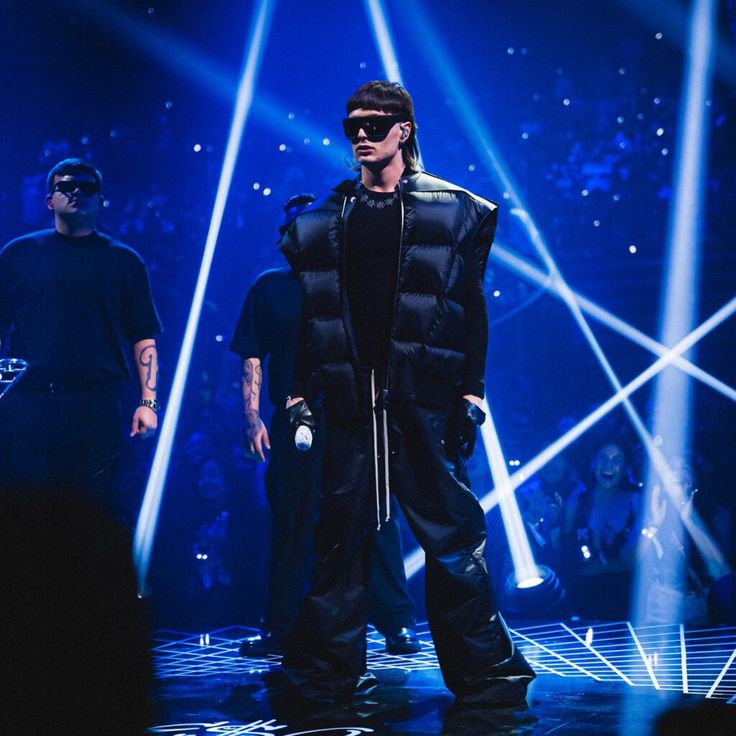Peso Pluma Hight

In the world of combat sports, the term “peso pluma” holds a special significance. Translated from Spanish, it means “featherweight,” and it refers to a weight class that showcases fighters with a unique blend of speed, agility, and finesse. This article explores the intriguing world of peso pluma height and how these athletes defy gravity with their featherweight prowess.
Understanding Peso Pluma:
Peso pluma is a weight class in combat sports, including boxing, mixed martial arts (MMA), and other disciplines. It typically encompasses fighters who weigh between 122 and 126 pounds (55.34 to 57.15 kilograms). These athletes possess a unique combination of physical attributes that set them apart in the ring or cage.
Featherweight Fighters: A Different Breed:
One of the defining characteristics of peso pluma athletes is their height. Featherweight fighters are often characterized by a lean and agile build, standing between 5 feet 4 inches (162.56 cm) and 5 feet 8 inches (172.72 cm) tall. This height range allows them to maintain a low body weight while maximizing their speed and mobility.
The advantage of being on the shorter side in this weight class is evident in the center of gravity these athletes can achieve. A lower center of gravity provides better stability, allowing them to move swiftly and change directions rapidly. This agility is a crucial asset in the fast-paced world of combat sports, where split-second movements can make all the difference.
Speed and Precision:
Peso pluma fighters are known for their exceptional speed and precision in the ring. The combination of a lower body weight and shorter stature contributes to their ability to dart in and out of range, making them elusive targets for their opponents. The quick footwork and lightning-fast strikes of featherweights showcase a level of technical prowess that captivates fans worldwide.
Additionally, the height of peso pluma fighters often plays a role in their punching power. While they may not possess the raw strength of heavier weight classes, their compact stature allows them to generate considerable force in tight spaces. This translates to explosive combinations and powerful strikes that can catch opponents off guard.
Challenges of Peso Pluma Height:
While being a featherweight offers numerous advantages, it also presents unique challenges. One of the primary concerns for fighters in this weight class is maintaining the delicate balance between speed and endurance. Cutting weight to meet the 126-pound limit can be a physically demanding process that requires meticulous planning to ensure peak performance on fight night.
Furthermore, the shorter reach that often accompanies the height of peso pluma fighters can pose challenges when facing opponents with longer limbs. Overcoming reach disadvantages requires strategic planning, excellent head movement, and the ability to close the distance effectively.
Legendary Peso Pluma Fighters:
Throughout the history of combat sports, peso pluma has produced legendary fighters who have left an indelible mark on the sport. Names like Manny Pacquiao in boxing and Jose Aldo in MMA come to mind. These athletes not only dominated their respective weight classes but also transcended the boundaries of the sport, becoming global icons.
Manny Pacquiao, standing at around 5 feet 6 inches (167.64 cm), became an eight-division world champion and is considered one of the greatest boxers of all time. His speed, power, and relentless work ethic catapulted him to stardom, earning him accolades and admiration from fans worldwide.
In the realm of mixed martial arts, Jose Aldo, with a height of 5 feet 7 inches (170.18 cm), reigned as the long-time featherweight champion in the UFC. Known for his explosive striking and well-rounded skill set, Aldo’s dominance in the division solidified his status as a Brazilian MMA legend.
The Future of Peso Pluma:
As the world of combat sports continues to evolve, the peso pluma division remains a captivating spectacle for fans. New generations of fighters are emerging, bringing their unique skills and styles to the forefront. The height of peso pluma athletes will continue to play a crucial role in shaping the dynamics of this weight class.
With advancements in training methods, sports science, and nutrition, fighters are finding innovative ways to maximize their physical attributes. The intersection of height, weight, and skill is a delicate dance that defines the artistry of peso pluma.
Conclusion:
In the arena of combat sports, peso pluma height represents a dynamic blend of speed, precision, and agility. Fighters in this weight class, despite their compact stature, defy gravity with their ability to move seamlessly and strike with ferocity. The legacy of legendary featherweights serves as a testament to the enduring appeal of this unique division.
As fans eagerly await the next generation of peso pluma stars, one thing remains certain – the art of featherweight combat is a mesmerizing spectacle that continues to push the boundaries of human athleticism and skill.





